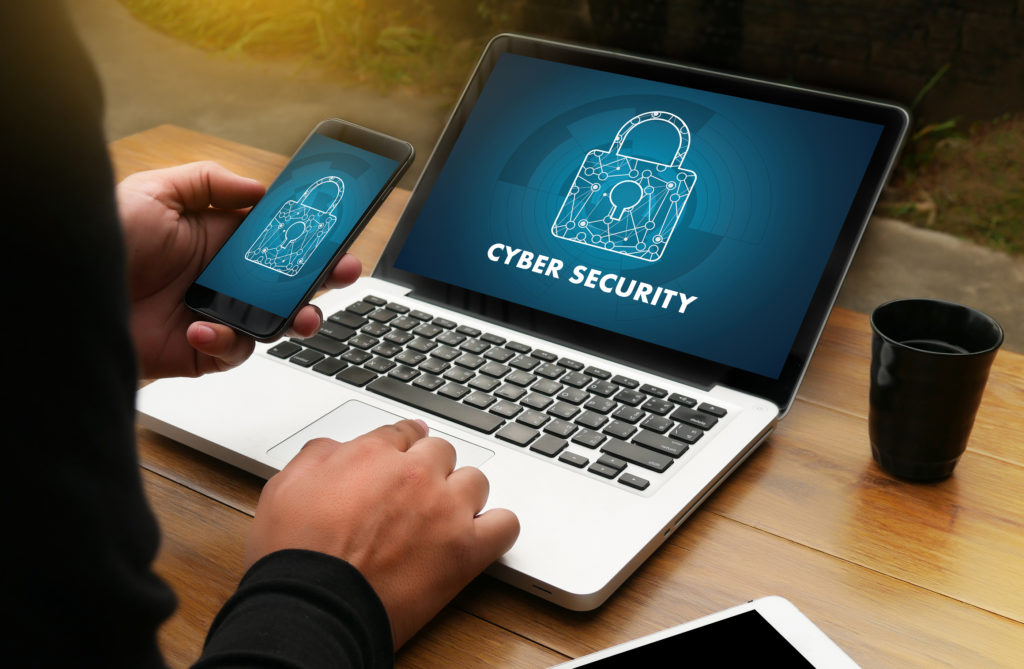
In today's interconnected digital landscape, businesses of all sizes face an ever-growing array of cyber threats. While large corporations often have dedicated cybersecurity teams and extensive resources, small businesses are frequently perceived as less protected, making them attractive targets for cybercriminals. The misconception that small businesses are too insignificant to be targeted is a dangerous one; in reality, they are often the most vulnerable. A single cyberattack can lead to devastating financial losses, reputational damage, and even the complete shutdown of operations. Protecting your digital assets is no longer an option but a fundamental necessity for survival and success in the modern business environment. This comprehensive guide will delve into the critical aspects of cybersecurity for small businesses, outlining the threats, essential measures, and best practices to safeguard your valuable data and ensure business continuity.
The Cybersecurity Threat Landscape for Small Businesses
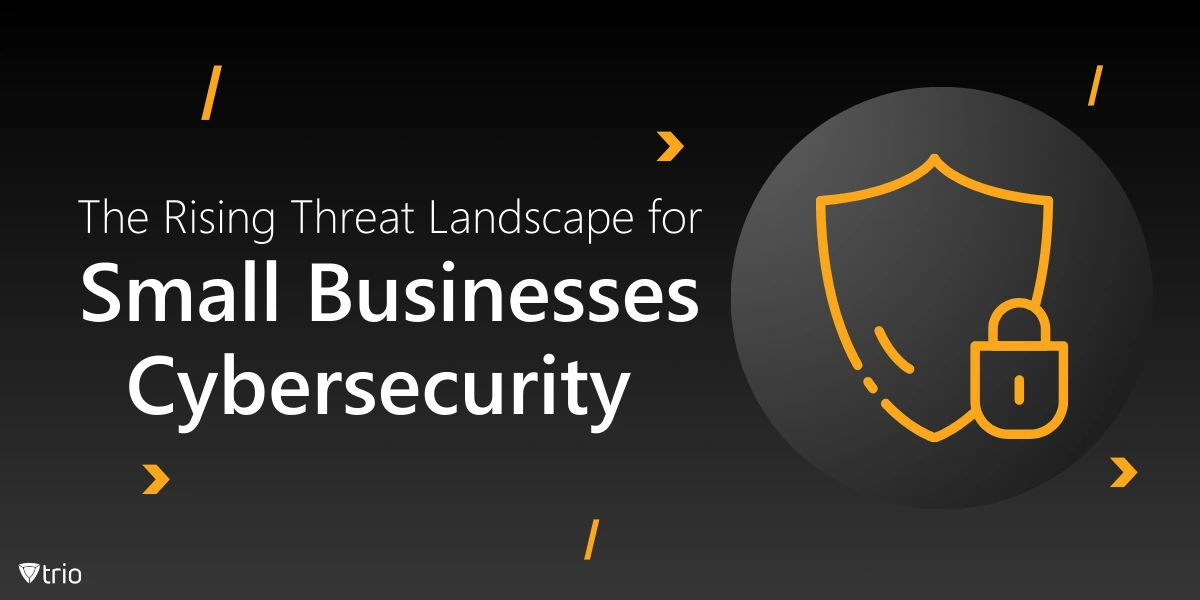
Small businesses are often targeted by cybercriminals due to their perceived weaker defenses and valuable data. The threat landscape is constantly evolving, with new attack vectors emerging regularly. Understanding the common threats is the first step towards building robust defenses. These threats include, but are not limited to:
Common Cyber Threats
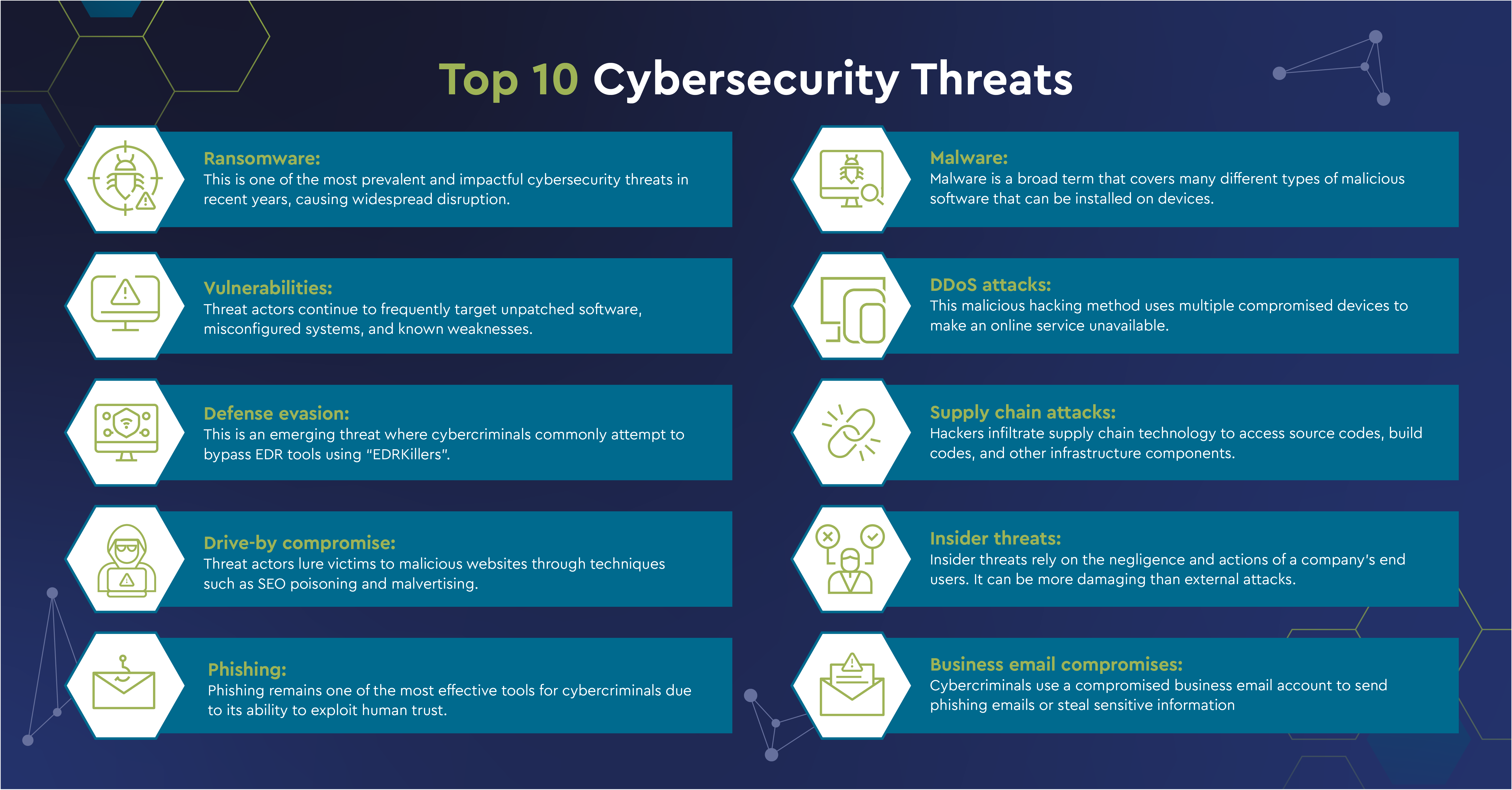
•Phishing and Social Engineering: These attacks manipulate individuals into revealing sensitive information or performing actions that compromise security. Phishing emails, fake websites, and deceptive phone calls are common tactics.
•Malware (Malicious Software): This encompasses a wide range of harmful software, including viruses, worms, Trojans, ransomware, and spyware. Malware can steal data, disrupt operations, or hold systems hostage.
•Ransomware: A particularly insidious type of malware that encrypts a victim's files, demanding a ransom payment (usually in cryptocurrency) for their release. Small businesses are increasingly targeted due to their limited backup and recovery capabilities.
•Denial-of-Service (DoS) and Distributed Denial-of-Service (DDoS) Attacks: These attacks overwhelm a system, server, or network with traffic, making it unavailable to legitimate users. While often associated with larger entities, small businesses can also be victims, leading to significant downtime and lost revenue.
•Insider Threats: These originate from within the organization, either intentionally or unintentionally. Disgruntled employees, negligent staff, or compromised credentials can lead to data breaches or system damage.
•Weak Passwords and Authentication: Easily guessable passwords or the lack of multi-factor authentication (MFA) provide easy entry points for attackers.
•Unpatched Software and Systems: Outdated software with known vulnerabilities is a prime target for exploitation. Cybercriminals constantly scan for systems that haven't applied the latest security patches.
•Lack of Data Backup and Recovery: Without proper backup and recovery procedures, a business can lose critical data permanently in the event of a cyberattack, hardware failure, or natural disaster.
Small businesses often lack the resources to detect and respond to these threats effectively, making them particularly vulnerable. The financial and reputational consequences of a successful attack can be catastrophic, leading to loss of customer trust, regulatory fines, and even bankruptcy. Therefore, a proactive and comprehensive cybersecurity strategy is paramount.
Essential Cybersecurity Measures for Small Businesses
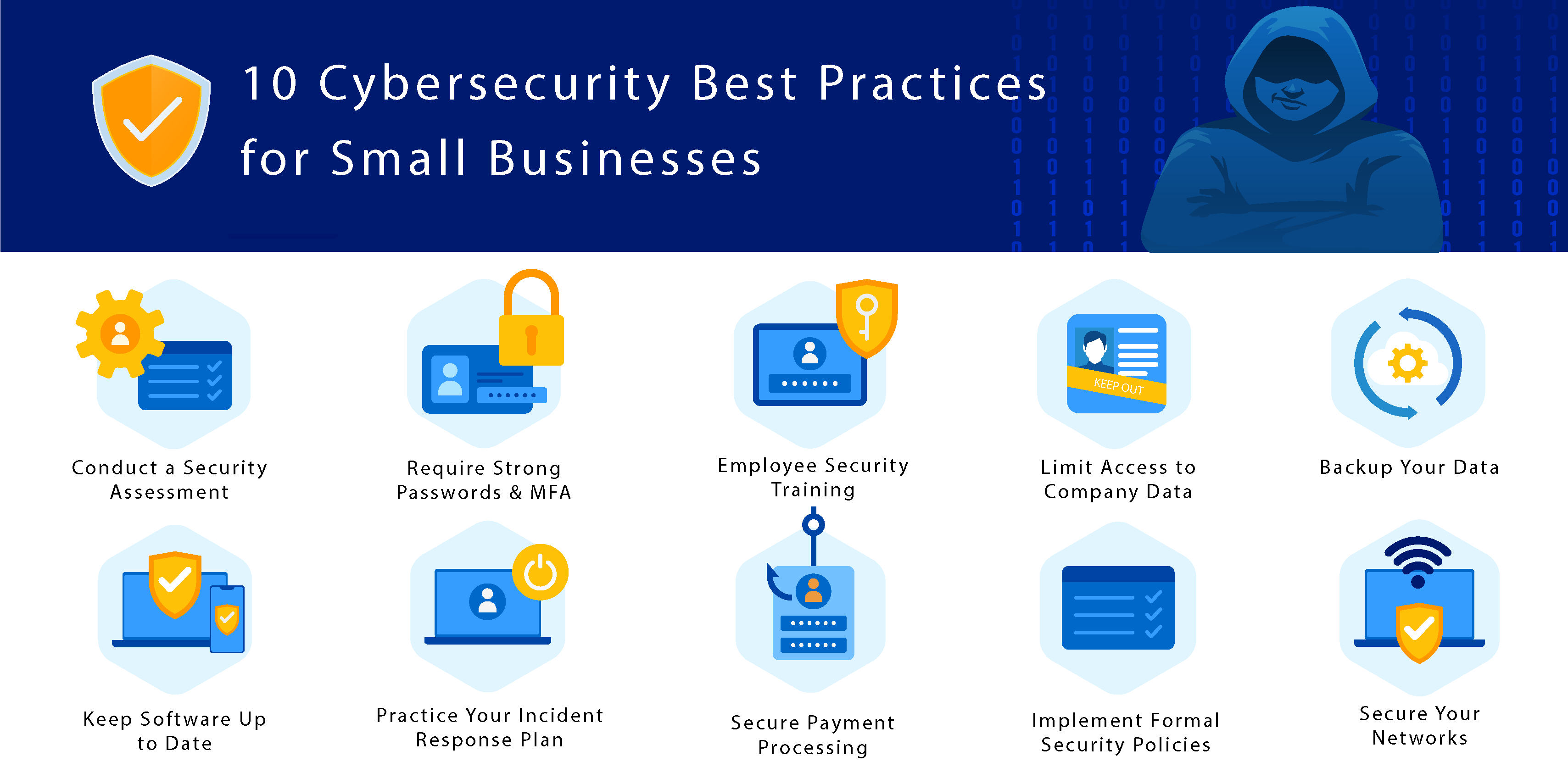
Implementing a robust cybersecurity strategy doesn't require a massive budget or an in-house team of experts. Small businesses can significantly enhance their security posture by adopting a few fundamental, yet highly effective, measures:
•Strong Password Policies and Multi-Factor Authentication (MFA): Enforce the use of complex, unique passwords for all accounts and require regular password changes. Implement MFA wherever possible, adding an extra layer of security by requiring a second form of verification (e.g., a code from a mobile app or a fingerprint) in addition to a password.
•Regular Software Updates and Patch Management: Keep all operating systems, applications, and security software up to date. Software vendors frequently release patches to fix newly discovered vulnerabilities. Automate updates whenever possible to ensure timely protection.
•Firewall and Antivirus/Anti-Malware Protection: Install and maintain a robust firewall to control incoming and outgoing network traffic, blocking unauthorized access. Deploy reputable antivirus and anti-malware software on all devices to detect and remove malicious programs.
•Data Backup and Recovery Plan: Regularly back up all critical business data to a secure, offsite location or cloud service. Test your backup and recovery procedures periodically to ensure data can be restored quickly and efficiently in the event of a data loss incident. This is your last line of defense against ransomware and other data-destroying attacks.
•Network Security: Secure your Wi-Fi networks with strong encryption (WPA2 or WPA3) and unique, complex passwords. Consider segmenting your network to isolate sensitive data and systems from less secure areas. Use a Virtual Private Network (VPN) for remote access to your business network.
•Access Control and Least Privilege: Limit access to sensitive data and systems only to those employees who absolutely need it to perform their job functions. Implement the principle of least privilege, granting users only the minimum necessary permissions.
•Incident Response Plan: Develop a clear plan outlining the steps to take in the event of a cyberattack. This plan should include procedures for identifying the breach, containing the damage, eradicating the threat, recovering affected systems, and notifying relevant parties (e.g., customers, law enforcement). Regular testing and refinement of this plan are crucial.
Employee Training and Awareness: Your Strongest Defense
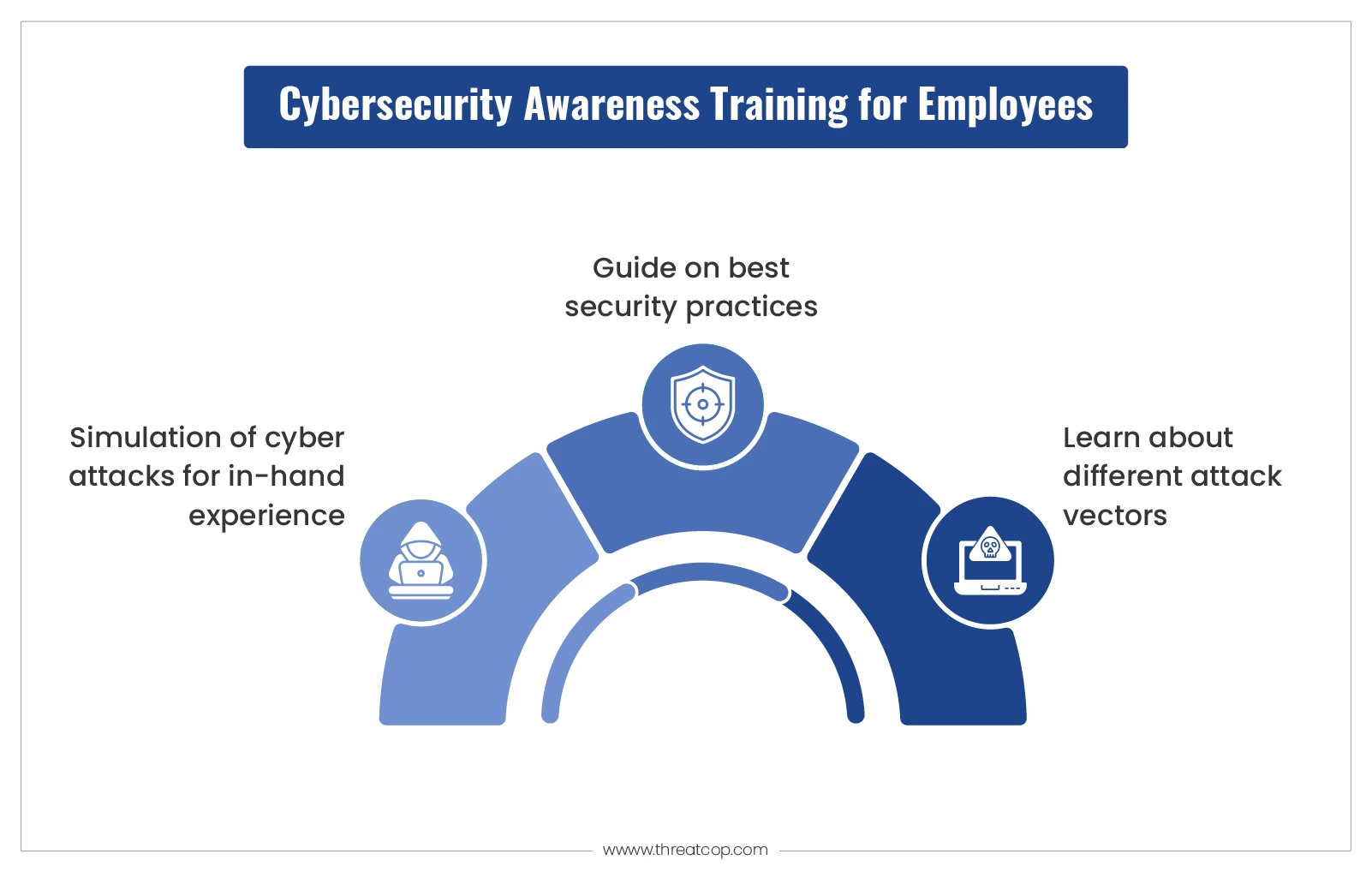
While technology plays a crucial role in cybersecurity, human error remains one of the leading causes of data breaches. Employees are often the first and last line of defense against cyberattacks, making their training and awareness paramount. A well-informed workforce can identify and report suspicious activities, adhere to security protocols, and avoid common pitfalls that lead to compromises. Key areas for employee training and awareness include:
•Recognizing Phishing and Social Engineering Attacks: Educate employees on how to spot suspicious emails, links, and phone calls. Conduct regular simulated phishing exercises to test their vigilance and reinforce training.
•Password Best Practices: Train employees on creating strong, unique passwords and the importance of not sharing them. Emphasize the use of password managers and multi-factor authentication.
•Safe Browsing Habits: Instruct employees on the dangers of clicking on suspicious links, downloading attachments from unknown sources, and visiting unsecure websites.
•Data Handling and Confidentiality: Train employees on proper procedures for handling sensitive customer and business data, including data encryption, secure file sharing, and avoiding the use of unsecured personal devices for work-related tasks.
•Reporting Suspicious Activity: Establish clear channels and encourage employees to report any suspicious emails, unusual system behavior, or potential security incidents immediately. Foster a culture where reporting is encouraged, not penalized.
•Physical Security: Remind employees about the importance of physical security measures, such as locking workstations when away, securing sensitive documents, and challenging unknown individuals in the office.
Regular, ongoing training, rather than one-off sessions, is essential to keep employees updated on the latest threats and best practices. Making cybersecurity a part of the company culture, where everyone understands their role in protecting the business, is the most effective way to build a resilient defense against cyber threats.
Choosing the Right Cybersecurity Solutions
For many small businesses, navigating the vast landscape of cybersecurity solutions can be overwhelming. It's important to choose solutions that are appropriate for your specific needs, budget, and technical capabilities. Consider:
•Managed Security Service Providers (MSSPs): For businesses with limited in-house IT resources, an MSSP can provide comprehensive cybersecurity services, including threat monitoring, incident response, vulnerability management, and compliance assistance. This can be a cost-effective way to access expert-level security.
•Cloud Security Solutions: Many cloud providers offer built-in security features for data stored in their environments. Leveraging these features, along with cloud-specific security tools, can enhance protection for cloud-based applications and data.
•Endpoint Detection and Response (EDR): EDR solutions go beyond traditional antivirus by continuously monitoring endpoints (laptops, desktops, servers) for suspicious activity, allowing for rapid detection and response to advanced threats.
•Security Awareness Training Platforms: Dedicated platforms can provide engaging and interactive training modules for employees, track their progress, and conduct simulated phishing campaigns.
When selecting any cybersecurity solution, prioritize ease of use, scalability, and compatibility with your existing IT infrastructure. Don't hesitate to seek advice from trusted cybersecurity professionals to assess your needs and recommend suitable solutions.
Conclusion: A Proactive Approach to Digital Protection
Cybersecurity is not a one-time fix but an ongoing process that requires continuous vigilance and adaptation. For small businesses, protecting digital assets is critical for maintaining customer trust, ensuring business continuity, and safeguarding financial stability. By understanding the evolving threat landscape, implementing essential security measures, prioritizing employee training, and choosing appropriate cybersecurity solutions, small businesses can build a strong defense against cyberattacks. A proactive approach to cybersecurity is an investment in the long-term health and success of your business in an increasingly digital world. Remember, in the realm of cybersecurity, an ounce of prevention is truly worth a pound of cure.


.png)

0 Comments